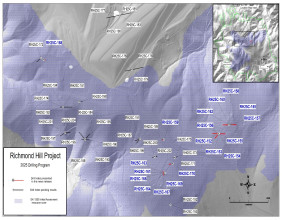Highlights
- Inflation trends in Australia continue to align with Reserve Bank targets.
- Household energy subsidies impact on inflation expected to decline.
- Key sectors like food and transport anticipated to show moderate price changes.
The Reserve Bank of Australia (RBA) remains optimistic about inflation aligning with its target range, supported by evolving economic conditions. Insights ahead of the Consumer Price Index (CPI) data release suggest that inflation is moderating, reinforcing the central bank’s confidence in its policy direction.
Ben Jarman, chief economist at J.P. Morgan, highlighted the impact of policy measures such as household energy subsidies, which have contributed to inflationary pressures. With these subsidies tapering off, their influence on inflation is expected to diminish, aiding broader economic stability.
Sectoral trends further underline these dynamics. Jarman forecasts a rise in food prices based on similar trends observed in New Zealand. The furnishings and household equipment sector is likely to see a corresponding uptick, reflecting seasonal patterns and consumer demand. Transport prices may experience modest increases, driven by initial rises in fuel prices that eased by the end of the month.
Global factors are also playing a role in shaping inflation. Weak pricing trends in international markets are expected to weigh on clothing and footwear prices. These sectors are likely to experience a slowdown due to reduced demand and competitive sales activity. Similarly, alcohol and tobacco prices may exert downward pressure on inflation, alongside a stable outlook for the housing market.
The upcoming CPI data holds significant importance for assessing these sectoral shifts and their broader implications for Australia’s economy. Companies within key sectors, such as Woolworths Group (ASX:WOW), are closely watched as they navigate changes in food prices. Retailers like Wesfarmers (ASX:WES), involved in household goods, are also impacted by seasonal shifts in demand and pricing strategies.
As inflation continues to converge towards the RBA’s target, these sector-specific trends provide valuable insights into the nation’s economic trajectory. The evolving landscape highlights the interplay between global market dynamics, local policy measures, and consumer behavior in shaping inflationary outcomes.
The RBA’s confidence reflects its broader outlook on Australia’s economic resilience, which remains underpinned by prudent policy measures and adaptive sectoral trends. This optimism is shared by analysts and policymakers alike, as the nation inches closer to achieving sustained inflation stability.





